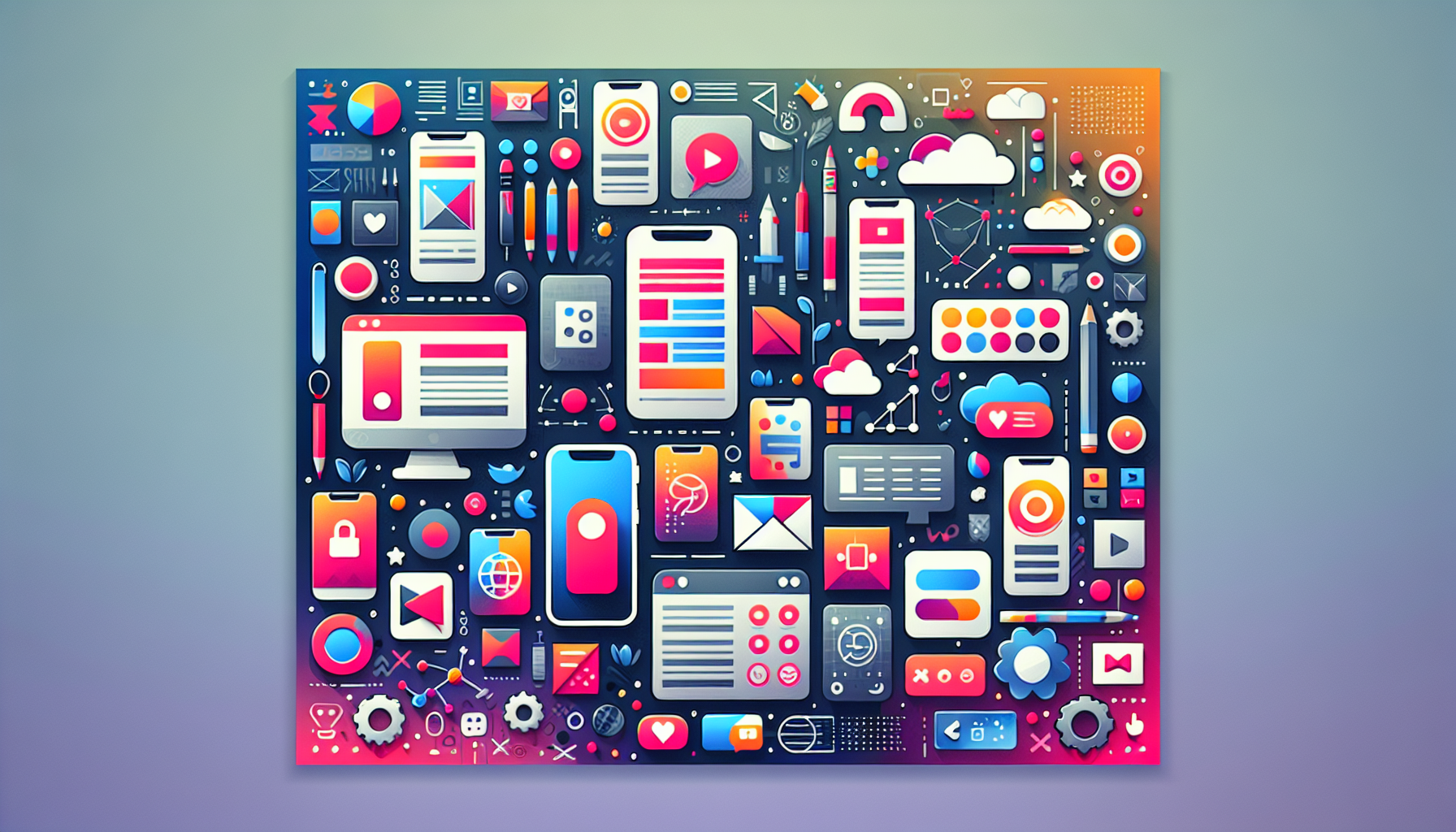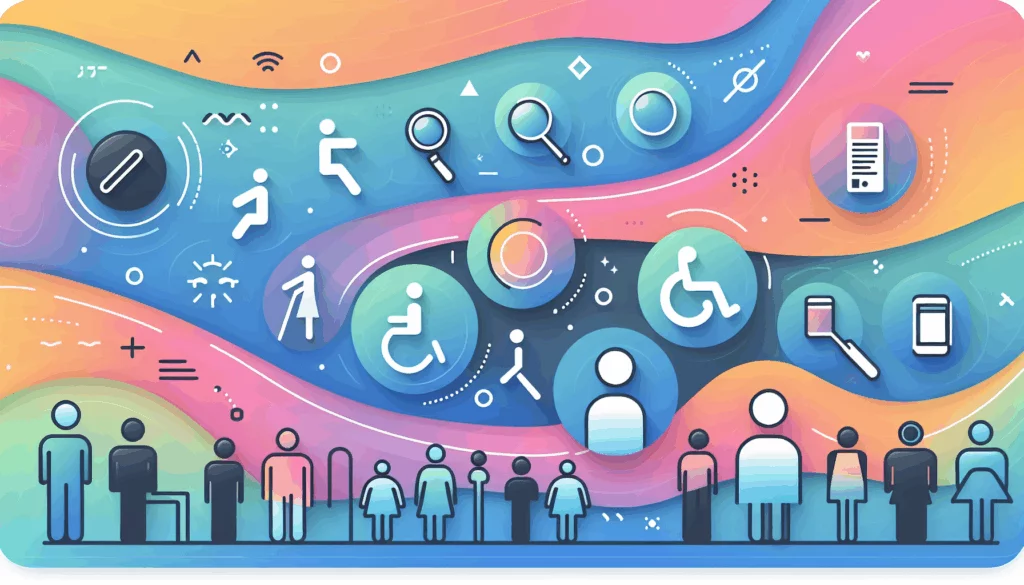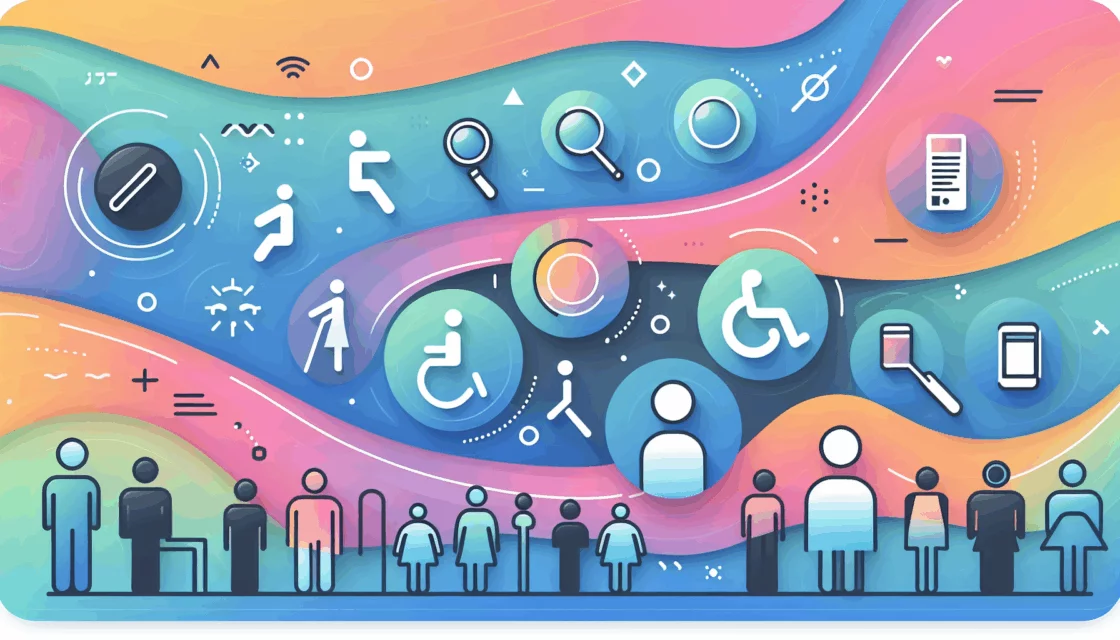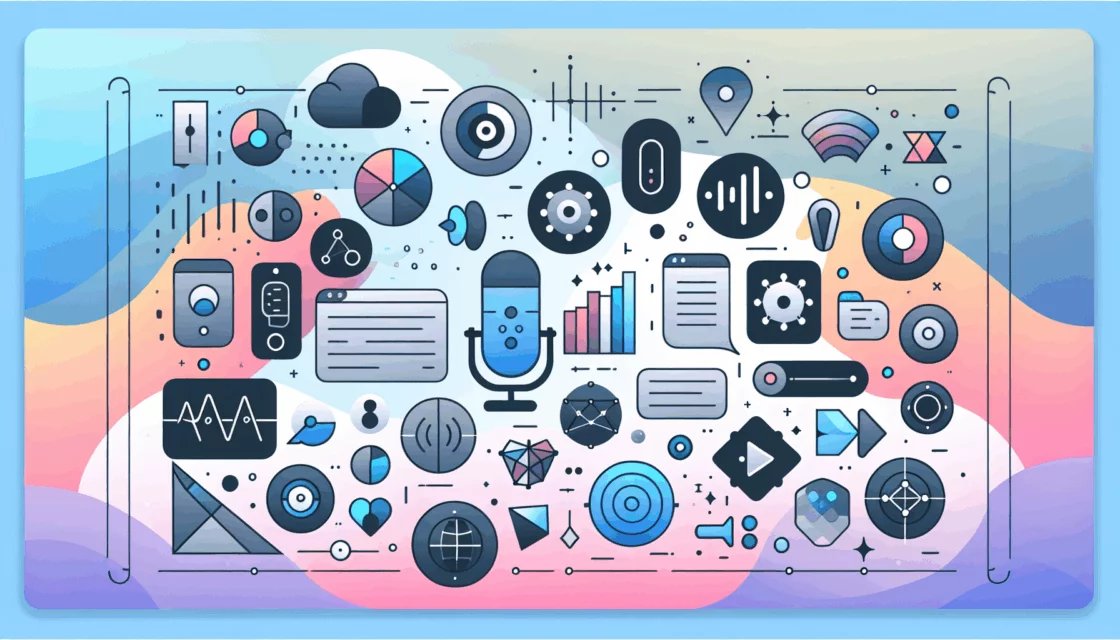
In today’s digital landscape, designing mobile apps that provide seamless user experiences is crucial for businesses and developers worldwide. One of the most powerful tools for achieving this goal is Figma, an innovative cloud-based UI design platform that simplifies the process of creating stunning and user-friendly mobile apps. Whether you’re a seasoned designer or just starting out, Figma offers a robust suite of features that can help transform your app ideas into reality.
Getting Started with Figma for Mobile App Design
Introduction to Figma
Figma is a collaborative interface design tool that allows users to create, test, and refine their designs directly in the cloud. This means that designers can work in real-time with colleagues and clients, regardless of their geographical locations. Figma supports a wide range of devices and platforms, making it an ideal choice for designing mobile apps.
One of the key benefits of using Figma is its accessibility. Unlike traditional design software, Figma doesn’t require expensive hardware or software installations. All you need is a browser or the Figma desktop app, and you’re ready to go.
Figma offers a free plan, which is perfect for beginners or small projects, as well as advanced plans for larger teams and enterprises. For instance, you can start by designing a simple mobile app to buy food using beginner-friendly tutorials available on the Figma Community page.
Key Features of Figma for Mobile App Design
- Collaboration Tools: Figma allows multiple users to collaborate on a single design file simultaneously. This feature is indispensable for keeping everyone on the same page during the design process.
- Prototyping: With Figma, you can create interactive prototypes to simulate how your app will function. This helps ensure that your design is intuitive and responsive.
- Design Systems: Figma supports the creation of design systems, which standardize elements across your app, ensuring consistency in your UI/UX design.
- Plug-ins and Integrations: Figma offers a wide range of plugins that can streamline your design workflow by connecting with other tools like GitHub or Slack.
Step-by-Step Guide to Designing a Mobile App in Figma
Step 1: Brainstorm and Define Your App Idea
- Use FigJam, Figma’s online whiteboard tool, to brainstorm ideas with your team. It’s a great way to sketch out rough wireframes and collaborate on initial concepts.
- Explore app designs on platforms like Uplabs or Mobbin for inspiration.
Step 2: Create a Wireframe
- Wireframing is about creating a basic, low-fidelity version of your app. It should capture the layout and functionality but not focus on visuals.
- Use Figma’s frame tool to create the layout for your mobile app. For example, start with an iPhone frame to design for a common screen size.
Step 3: Add Content and Design Elements
- Once you have your wireframe, start adding real content and refining your design. This includes typography, colors, and UI components like buttons and icons.
- Use Figma’s extensive library of mobile app design templates to speed up your design process.
Step 4: Prototype Your Design
- Turn your design into an interactive prototype. This helps you test how users will navigate through your app without needing to write any code.
- Figma’s prototyping tool allows you to link screens together, creating a flow that mimics real app usage.
Step 5: Test, Iterate, and Launch
- Test your prototype with real users to gather feedback and identify any design flaws.
- Iterate based on feedback, refining your design until it meets your goals.
- Finally, launch your app, ensuring that your design files are well-organized for developers to use.
Best Practices for Figma Mobile App Design
Designing for Different Screen Sizes
When designing mobile apps, it’s crucial to consider different screen sizes. Figma allows you to create designs that automatically adapt to various devices using its responsive design features.
For example, using Figma frames, you can easily switch between designing for an iPhone or an Android device, ensuring your app looks great on both.
Building a Design System
A design system is a collection of reusable components and guidelines that ensure consistency across your app. Figma supports creating and maintaining these systems, making it easier to update your UI/UX elements uniformly.
Tools like Mavi Design Courses can provide additional guidance on building comprehensive design systems in Figma.
Collaboration and Feedback
Collaboration is key in app design. With Figma, team members can comment directly on design elements, and clients can see real-time updates without needing to download any software. This makes it easy to gather feedback and ensure everyone is aligned on the design direction.
For more on how collaboration enhances design processes, visit our blog post on why collaboration is key in mobile app development.
Real-World Examples and Case Studies
Example: Designing a Food Delivery App in Figma
Let’s consider designing a mobile app for ordering food. You can start by wireframing the main screens like the home page, menu, and checkout. Then, refine your design by adding high-quality images of dishes and implementing a user-friendly navigation system.
For inspiration, check out designs on platforms like Mobbin, which showcase some of the best UI/UX work in the industry.
Case Study: Using Figma for App Development at Belov Digital Agency
At Belov Digital Agency, we’ve successfully used Figma to design and develop several mobile apps that have received high user engagement and positive reviews. Figma’s collaborative features allowed our team to work efficiently with clients, ensuring that design feedback was quickly incorporated and that the final product met everyone’s expectations.
Our experience highlights the effectiveness of Figma in real-world app development scenarios, especially when combined with robust hosting solutions like Kinsta for reliable app performance.
Conclusion and Next Steps
Summary
- Figma is a versatile and accessible tool for designing mobile apps, offering collaboration, prototyping, and design system capabilities.
- By following the steps outlined above, you can create a mobile app from scratch using Figma, integrating feedback and testing along the way.
Moving Forward
If you’re looking to enhance your mobile app design skills or need assistance with a project, consider reaching out to Belov Digital Agency for professional guidance and support. Our team is dedicated to helping you achieve your app development goals with expertise in UI/UX design and mobile app development.
Additionally, for those interested in advanced design techniques and tools, explore resources like Figma’s Resource Library or Cprime’s design tutorials for comprehensive learning materials.













